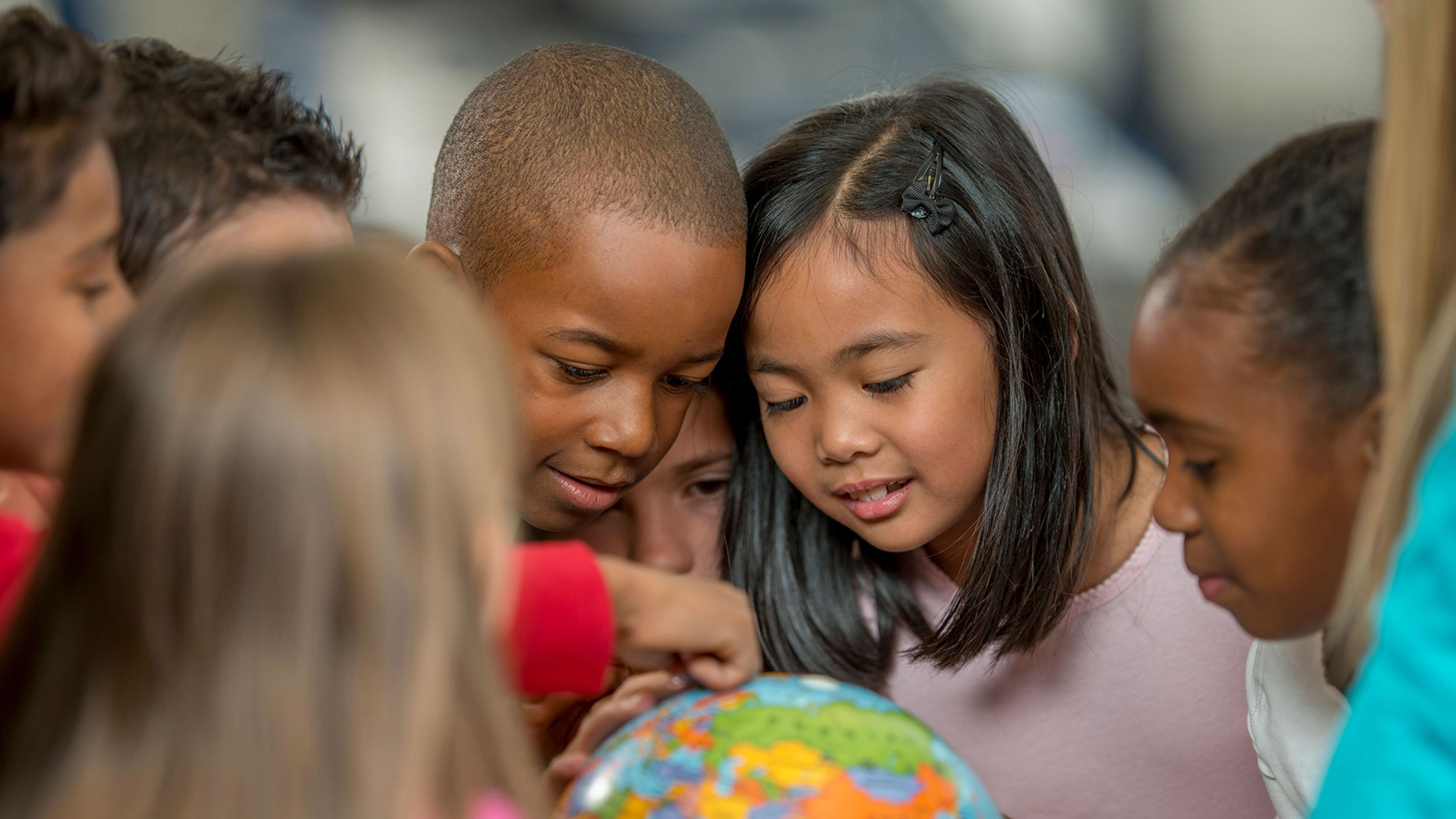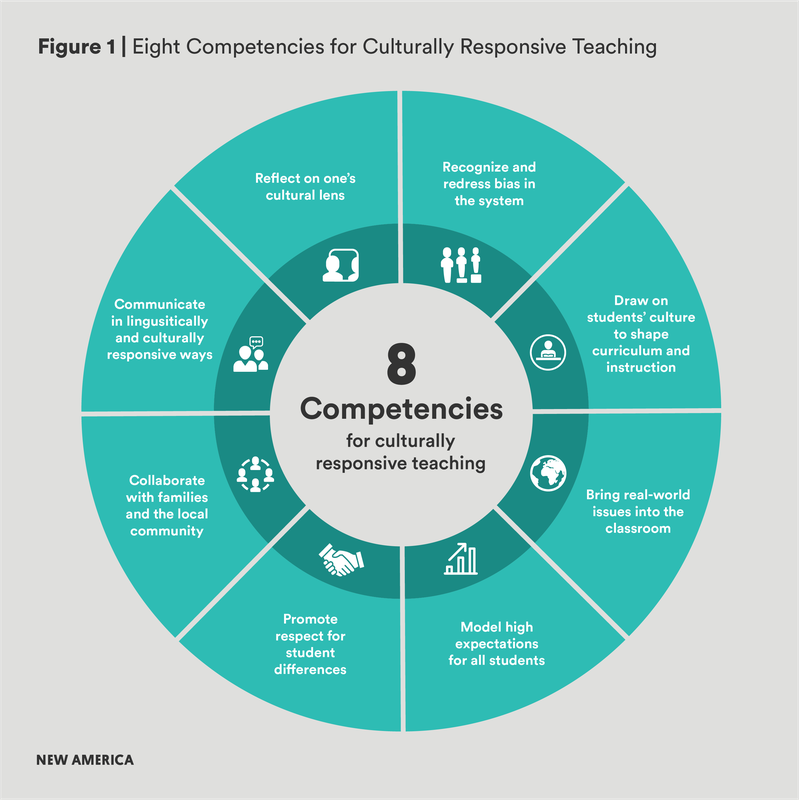Literacy from a Culturally Reflective Lens
Culturally responsive pedagogy is a key factor in the classroom and community success of minority students across all grade levels.
Here at Halifax Learning, we are committed to encouraging policymakers to embrace strength-based, evidence-based approaches to education, as we understand illiteracy as a major social justice issue. All children deserve to be taught fundamental skills with instruction that is proven to be effective and based on research, and we take our role in children’s learning very seriously. In 2022 we look forward to continuing this mandate, and building coalitions with Black and Indigenous communities to help enable our most vulnerable children and youth to achieve their full potential and advance social justice through action.

Negative impact of colonial stereotypes on BIPOC communities and learners
Colonial stereotypes of the Black and Indigenous peoples of Canada have historically portrayed our cultures and ways of life as negative and undesirable, maintaining dominant social discourse about marginalized communities as dangerous, violent, and plagued with issues of drugs, guns, deficit, and sexualized violence. These narratives have had profound long-term effects on the academic outcomes and experiences of Black and Indigenous students, their families, and communities. They have created and maintained mounding barriers to students’ functioning to their full potential in academic success, maintaining positive relationships, as well as job and career attainment. Ultimately, these narratives have shaped the perceptions Black and Indigenous students have of themselves. Because Black and Indigenous students feel alienated in their learning environment, whether they can fully understand this alienation or not, they are more likely to act out in schools and in their communities as a way to compensate for their frustrations that are seemingly misunderstood.
Social justice movements leads to shifts in public awareness and engagement
The last few years’ emphases on racial social justice issues including, but not limited to the BLM Movement and TRC Calls To Action, has brought about major shifts in public awareness and political engagement. These demonstrations and initiatives have pushed us as Canadian educators to do more to promote the importance of the practical as well as political nature of success, achievement and the development of knowledge. The school-to-prison pipeline for BIPOC students whose academic needs are not being met in public schools further prompts an immediate response from the community and advocates to take action on these trends. Research shows that positive academic outcomes for minority students have the potential to decrease the likelihood of having behavioural and social issues at school, within their relationships, communities, in job/career attainment, or with the criminal justice system, and other authoritative figures. As educators, we must continue to push for the government and the public school system to intervene for the right of all children to develop and learn to their full potential, especially for minority students who continue to be systemically held down.

Culturally responsive pedagogy is key to success for minority students
Many scholars support that literacy intervention programs that deliberately focus on the affirmation of positive identities for minority students through the enrichment of culturally responsive pedagogy (CRP) can enhance academic performance. The implementation of culturally responsive education is associated with positive societal outcomes including higher productivity, social integration, economic growth, and stronger communities (Shankar et al, 2020). Research examines how the figured world of literacy intervention classrooms can shape a student’s identity and position them in certain ways based on their perceived abilities (Frankel, 2016). Minority students with LDs face even more challenges in developing positive identities as competent learners in their learning environment (Louick, 2017). Drawing on socio-cultural understandings of identity, when positioned by teachers and society as inferior, especially in terms of their academic abilities, even students who are confident learners experience conflict with their own perceptions of themselves. In other words, findings drawn from the experiences of students indicated the necessity for educators to reflect on structural barriers to their students’ positive self-image and the influence their assumptions, teaching methods, and contents have on these experiences.It is important for us as educators to understand learning styles and identities from student perspectives, and create learning environments that students can make meaningful connections with to feel like autonomous and powerful leaders in their lives, education, and achievements.
Effective learning environments as extension of students' communities
Effective learning environments should be an extension of students’ communities, and learning institutions must work with and for communities to achieve transformative learning that is culturally relevant. Structural changes at the institutional level through the creation of transformative learning environments where students are enabled to be heard, supported and empowered to be successful are a must. Sharing this belief, Halifax Learning has maintained initiatives for Black and Indigenous student excellence as it explores the most effective and meaningful ways of integrating Indigenous and Black perspectives in curricula, and improving cultural diversity within our team. Whether exploring education from the perspective of educators or students, research on this topic affirms the importance of student agency in the classroom and how prior experiences with learning identities shape students’ overall learning in ways that have the potential to impede or facilitate their ability to position themselves in their learning and other social environments. In addition, research shows that micro-level classroom variations such as CRP and financial support schemes alone can not provide a functional and effective agenda of reversing achievement trends among minority students. It is the necessary inclusion of critically and culturally responsive teaching frameworks that increase growth in awareness, acknowledgement and motivation for action towards social justice in education that make the true difference for minority students.
Resources on this topic
- Frankel, K. K. (2016). The Intersection of Reading and Identity in High School Literacy Intervention Classes. Research in The Teaching of English, 51 (1), 37-59. http://ezproxy.library.dal.ca/login? url=https://www-proquest-com.ezproxy.library.dal.ca/scholarly-journals/intersection-reading identity-high-school/docview/1840889488/se-2?accountid=10406
- Louick, R. A. (2017). The Relationship Between Motivation, Self-Perception, And Literacy Among Adolescents With Learning Disabilities. In Boston College Lynch School of Education, Department of Teacher Education, Special Education, and Curriculum & Instruction. (pp. 1-36).
- Shankar, J., Ip E., Khalema N.E., (2020) Addressing academic aspirations, challenges, and barriers of Indigenous and immigrant students in a postsecondary education setting, Journal of Ethnic & Cultural Diversity in Social Work, 29(5), 396-420, DOI:10.1080/15313204.2017.140967